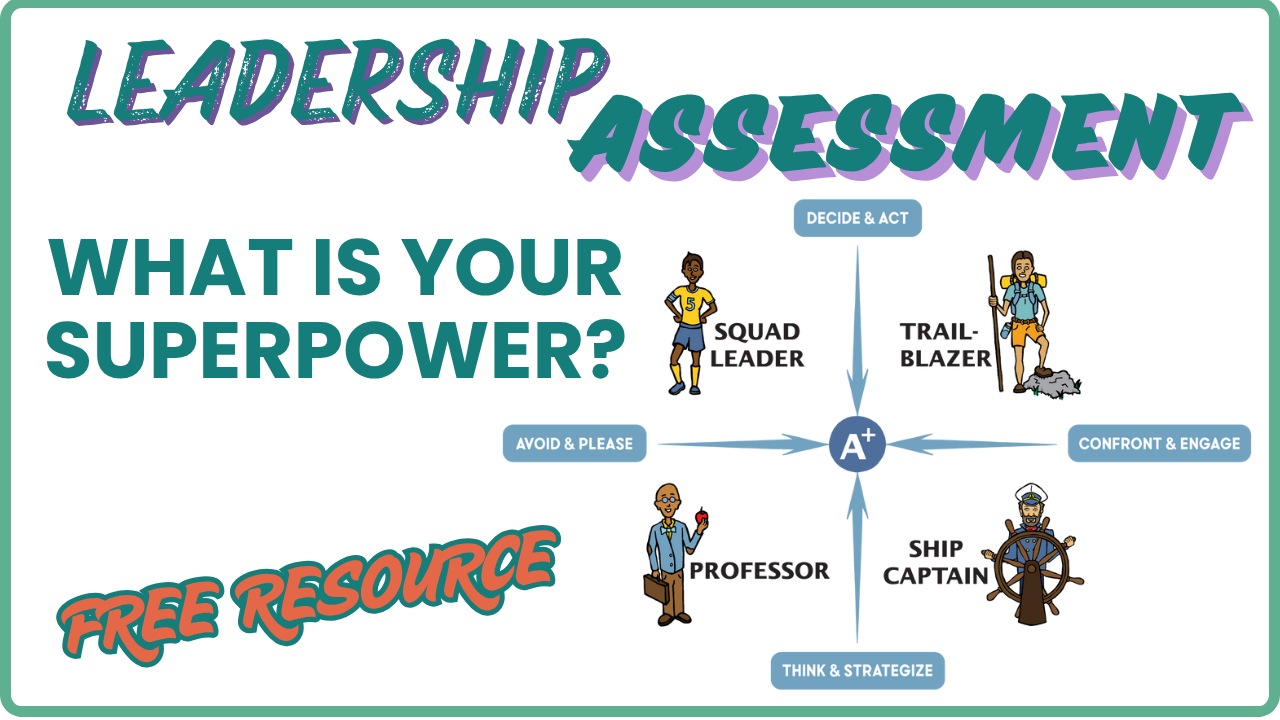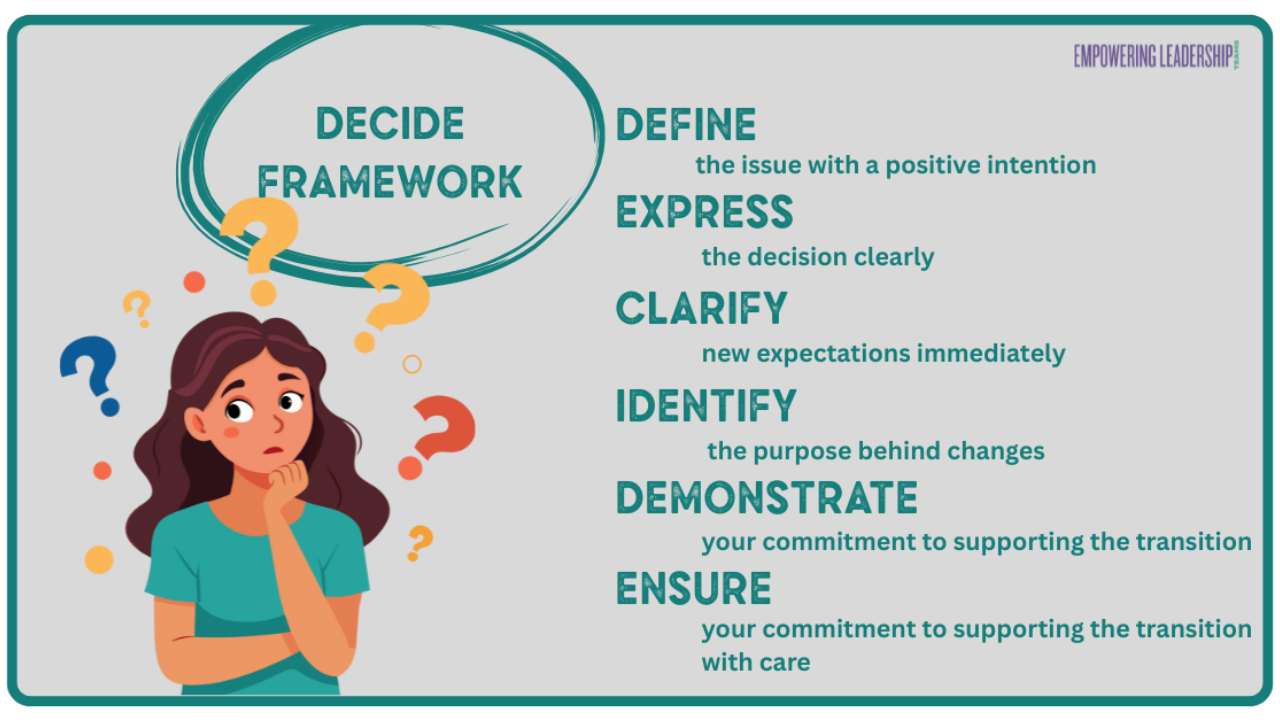Creating Psychological Safety: The Key to High-Performing Teams

As a leader, I've come to realize that the most crucial element in building high-performing teams isn't just about hiring the right talent or setting ambitious goals. It's about creating an environment where team members feel psychologically safe. This concept of psychological safety has become the cornerstone of my leadership approach, and I'd like to share why it's so important and how you can foster it in your own teams.
First, let's understand what psychological safety really means. It's the shared practice in team interactions and communication to ensure that team members can take risks, speak up, and be themselves without fear of negative consequences. It's the fuel that powers effective teams and drives innovation.
In my experience, the traditional top-down approach to leadership simply works against the success of your team and achieving business goals. Our business world is changing rapidly, and we need every team member engaged and bringing their best thinking to the table. That's why my leadership approach is about empowering team members, recognizing that the best information often comes from where the action is happening.
One of the most significant points is the importance of choosing how to respond rather than react in challenging situations. When faced with unexpected outcomes or mistakes, it's easy to fall into an emotionally reactive mode, which often leads to blame, judgment, and separation within the team. Instead, you can choose to pause to change your emotional state, which opens the opportunity for you to respond thoughtfully, embracing the learning opportunity and fostering collaboration.
The metaphor of a Relationship Piggy Bank is helpful to illustrate how we build trust within our teams. Every interaction is either a deposit or a withdrawal from our relationship bank accounts. The key is to be mindful of your interactions, always aiming to make more deposits than withdrawals. This could be through active listening, expressing appreciation, or simply showing genuine interest in your team members' ideas and concerns.
One leadership tool that is particularly useful is the Relationship Cascade. It helps you to visualize how unresolved conflicts can escalate if not addressed early. Starting with a simple unresolved conflict, it can progress to conflict avoidance, lack of transparency, waning commitment, and ultimately, a complete breakdown of respect and trust. Recognizing these stages can help you to intervene early and repair relationships before they deteriorate beyond repair.

To maintain psychological safety, it is important to implement these three key practices within your team culture:
1. Apology: Model and encourage sincere apologies when mistakes are made or when our actions negatively impact others.
2. Appreciation: Have structured practices to express genuine appreciation for each other's efforts and contributions.
3. Agreements: Establish clear agreements on how you work together, communicate, and handle challenges as a team.
Creating psychological safety isn't always easy. It requires vulnerability, humility, and consistent attention. There are days when the pressure is high, and it's tempting to fall back on old command-and-control habits. But I've seen firsthand how a psychologically safe environment unleashes creativity, increases accountability, and ultimately leads to better business results.
Remember, psychological safety isn't about being nice or lowering performance standards. It's about creating an environment where honest conversations can happen, where risks can be taken, and where innovation can thrive.
As leaders, we set the tone for our teams. By prioritizing psychological safety, we're not just building better teams – we're creating the foundation for a more engaged, innovative, and successful organization. It's a journey, and it takes daily practice, but I can assure you, it's worth every effort.

















